Advancing Semiconductor Education through Expansion and Diversification (ASEED)
About ASEED
Advancing Semiconductor Education through Expansion and Diversification (ASEED) is a collaborative effort among three HBCUs—Alabama A&M University (AAMU), Central State University (CSU), and Prairie View A&M University (PVAMU, the lead organization)—aiming to address and find solutions for the challenges minority-serving institutions face in semiconductor research and education, including limited access to proper technical training and state-of-the-art facilities. ASEED is committed to bridging the gap in the semiconductor workforce by training graduates in cutting-edge technologies and industry-relevant skills. By fostering an inclusive and innovative semiconductor sector, we aim to increase nationwide awareness and participation in this critical field. ASEED concentrates on comprehensive research and education across all aspects of chip manufacturing. Our three primary focus areas are:
- 2D Semiconductor materials: Exploring advanced materials for next-generation semiconductor devices.
- AI Chip Design: Developing integrated circuits optimized for artificial intelligence applications.
- GaN-Based Ultra-Wide Band Gap Semiconductor Devices: Advancing high-performance devices for power electronics and communication systems.
Each partner institution leads one of these research areas while contributing to the collective goals of ASEED. This decentralized execution with centralized synthesis allows for scalability and the inclusion of additional partners in the future. Results from our research efforts will directly enhance academic offerings by introducing new technical certifications at both undergraduate and graduate levels, developing specialized academic tracks enriched with hands-on lab experiences and practical industry-aligned projects, equipping faculties with the latest industry technologies through collaborative research projects, and facilitating smooth transitions for students entering the semiconductor workforce. Our collaboration with leading semiconductor firms enriches our students with real-world experience through internships and collaborative projects, offers direct pathways to employment, and ensures our programs align with current and future industry needs by working closely with industry experts.
Semiconductor Scholarship - Apply Today!
Scholarship Opportunity: Online Semiconductor Processing Certificate at Central State University!
We are excited to announce that Central State University is now offering scholarships for our Online Semiconductor Processing Certificate, which offers in-depth knowledge and practical skills necessary for success in the semiconductor industry.
Scholarship Details:
- The scholarship will cover tuition fees up to a maximum of $5,000 per selected applicant.
- This scholarship applies to our Online Semiconductor Processing Certificate
How to Apply: To apply for the scholarship, please complete the application form available at the following link: https://forms.office.com/r/Z2rjs7PpNX
Partners & Team Members
Suxia Cui1, Satilmis Budak2, Mohammadreza Hadizadeh3, Mubbashar Altaf Khan3, Zhigang Xiao2, Shujun Yang2, Qunying Yuan2, Lujun Zhai1, Xiang Zhao2
1Prairie View A&M University
2Alabama A&M University
3Central State University
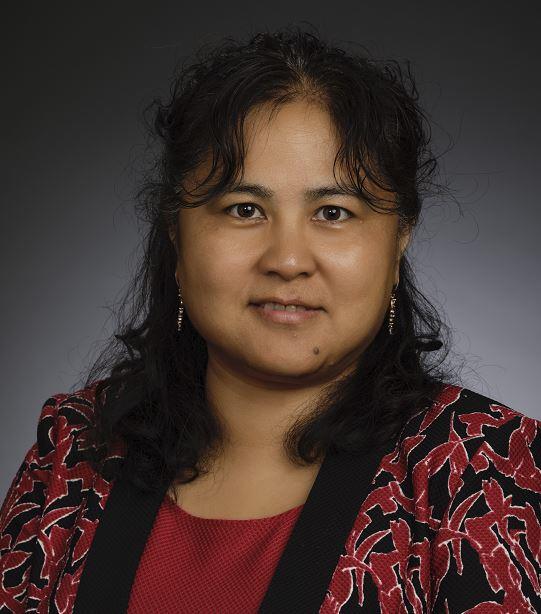
Suxia Cui, Ph.D. (Lead PI, PVAMU)
Professor of Electrical and Computer Engineering
EE Building room 334, Prairie View A&M University
O: 936-261-9917
E: sucui@pvamu.edu
W: https://www.linkedin.com/in/suxia-cui-7703b951/
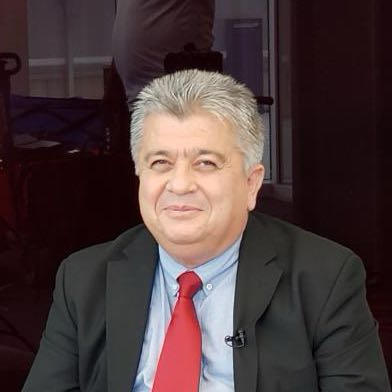
Satilmis Budak, Ph.D. (Co-PI, AAMU)
Professor of Electrical Engineering and Computer Science
202, A. J. Bond Hall, Alabama A&M University
O: 256 372-5894
E: satilmis.budak@aamu.edu
W: https://scholar.google.com/citations?user=z4Hlc7oAAAAJ&hl=en&oi=ao
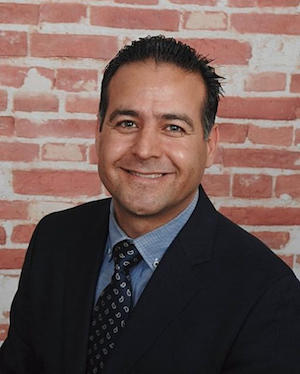
Mohammadreza Hadizadeh, Ph.D. (PI, CSU)
Professor of Physics
CENS 264, Central State University
O: 937 376-6273
E: mhadizadeh@centralstate.edu
W: https://people.ohio.edu/hadizadm/
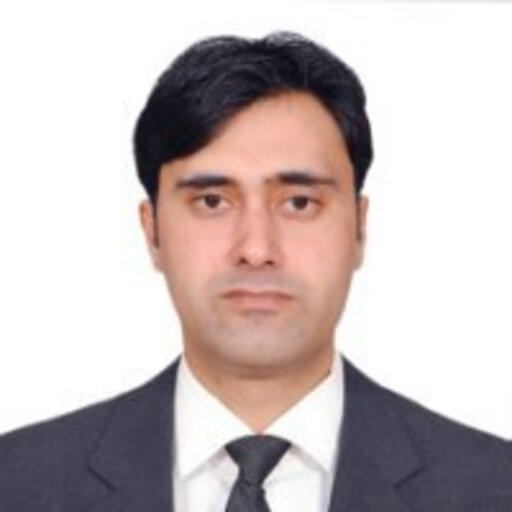
Mubbashar Altaf Khan, Ph.D. (Co-PI, CSU)
Research Assistant Professor
Jenkins 114I, Central State University
O: 937 376-6327
E: mkhan1@centralstate.edu
W: https://www.centralstate.edu/profiles/mubbashar-khan
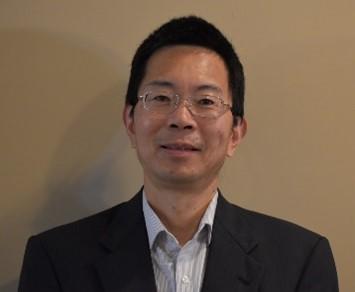
Zhigang Xiao, Ph.D. (PI, AAMU)
Professor of Electrical Engineering
203 A. J. Bond Hall, Alabama A&M University
O: 256 372-5679
E: zhigang.xiao@aamu.edu
W: https://scholar.google.com/citations?user=8nKgekkAAAAJ&hl=en&oi=sra
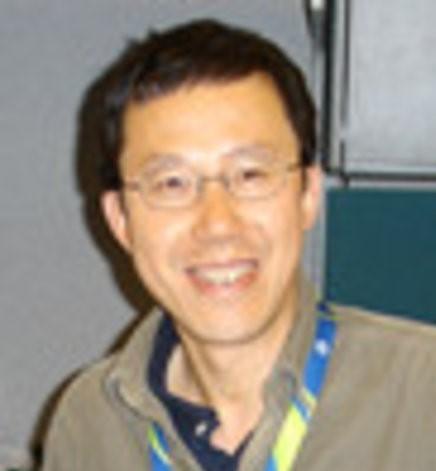
Shujun Yang, Ph.D. (Co-PI, AAMU)
Assistant Professor of Electrical Engineering
205 A. J. Bond Hall, Alabama A&M University
O: 256 372-5561
E: shujun.yang@aamu.edu
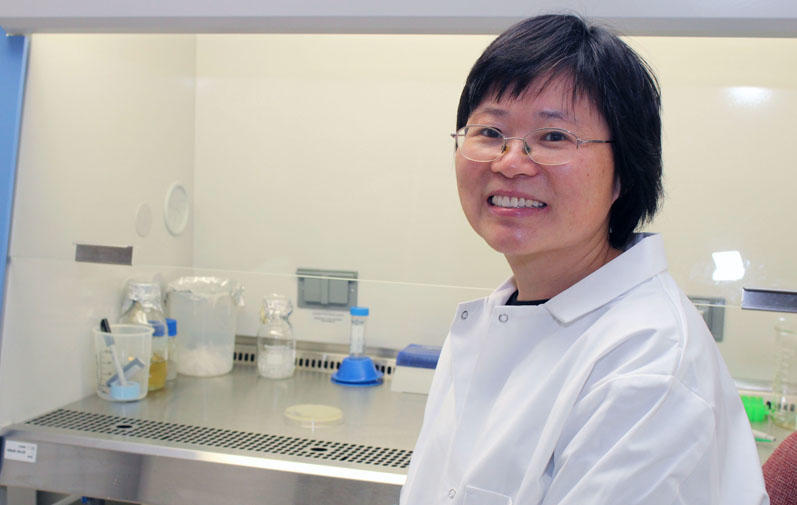
Qunying Yuan, Ph.D. (Co-PI, AAMU)
Associate Professor of Physiology
307 Carter Hall, Alabama A&M University
O: 256 372-4241
E: qunying_yuan@aamu.edu
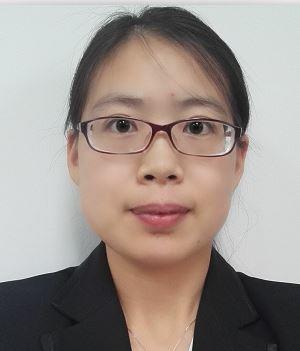
Lujun Zhai, Ph.D. (Co-PI, PVAMU)
Postdoc Researcher in Electrical and Computer Engineering
Alabama A&M University
E: lzhai@pvamu.edu
W: https://scholar.google.com/citations?user=OwHV6h0AAAAJ&hl=en&oi=ao
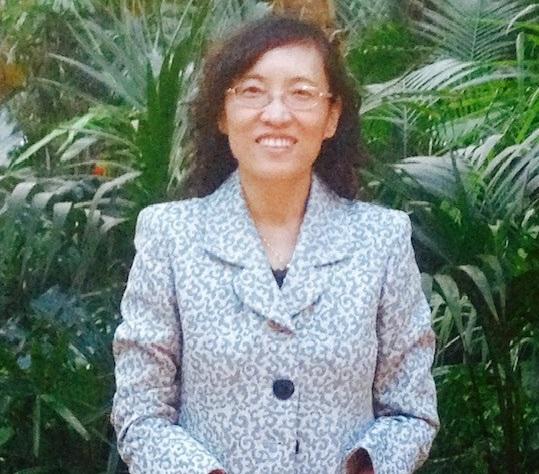
Xiang Zhao, Ph.D. (Co-PI, AAMU)
Professor of Computer Science
312 A. J. Bond Hall, Alabama A&M University
O: 256 372-8466
E: xiang.zhao@aamu.edu
News
Explore the latest developments and updates in our projects by browsing the news posts below.
News
-
Image

Central State University has launched its third offering of Summer Internship in Semiconductors and Microelectronics, welcoming 46 students—40 undergraduates and six high school students—from across the nation for an intensive eight-week program. Supported by Intel and the National Science Foundation, this initiative is designed to build a robust and inclusive talent pipeline for the rapidly evolving semiconductor industry.
Key Program Highlights:
- The internship delivers an 8-week hands-on experience in semiconductor design, fabrication, and security, preparing students for careers in one of the most critical sectors of modern technology.
- All 46 interns, including 18 from the ASEED project, received scholarship support of $5,000 each, along with 8 weeks of on-campus accommodations at their training site. This provided significant financial support to enable their participation in the program.
- All interns will complete two technical micro-credentials: i) Micro-credential in Semiconductor Processing, ii) the OASiS Micro-credential. Each micro-credential includes 20 hours of online videos, lectures, and assessments designed to equip students with practical, industry-aligned skills.
The program, now in its third year, has expanded to three host sites: Wright State University, the University of Michigan, and Prairie View A&M University. It draws students from HBCUs and institutions nationwide, reflecting Central State’s leadership in fostering cross-institutional collaboration and diversity in STEM.
Dr. Mohammadreza Hadizadeh, Director of the Semiconductor Education and Research Program at Central State University, emphasized the program’s mission: “We are building a national pipeline of STEM talent that not only supports Intel’s workforce needs in Ohio but also contributes to the future of semiconductor and microelectronics in the U.S.” The 2025 internship continues Central State’s legacy of providing transformative educational and career opportunities for STEM students, supporting the growth and competitiveness of the U.S. semiconductor industry.
-
Image

The ASEED team made a significant impact at the 2025 HBCU CHIPS Network Conference, held April 3–4 at Howard University in Washington, D.C., by leading and presenting in multiple high-profile sessions that highlighted cutting-edge research and industry engagement within the HBCU semiconductor community.
Session Leadership and Presentations:
- Applications & Sustainability – Industry Tutorials: Dr. Suxia Cui of Prairie View A&M University delivered an industry-focused tutorial in this session, emphasizing sustainable practices and real-world applications in semiconductor manufacturing and microelectronics.
- Quantum & Photonics Session: Dr. Mohammadreza Hadizadeh of Central State University served as session chair, guiding discussions on the latest advances in quantum technologies and photonics.
- Dr. Hadizadeh presented on High-Performance Computational Modeling of Excitons and Trions in 2D Semiconductors, sharing new insights into computational techniques for quantum materials.
- Dr. Mubbashar Khan contributed with a talk on Machine Learning-Driven Solutions for 1D Quantum Systems, showcasing innovative approaches that bridge quantum physics and artificial intelligence.
Image
The ASEED team’s active participation at the conference underscores its commitment to advancing research, fostering industry partnerships, and promoting workforce development across the HBCU network. Their leadership in these sessions not only highlighted technical excellence but also reinforced the vital role of HBCUs in shaping the future of the semiconductor industry.
-
Image
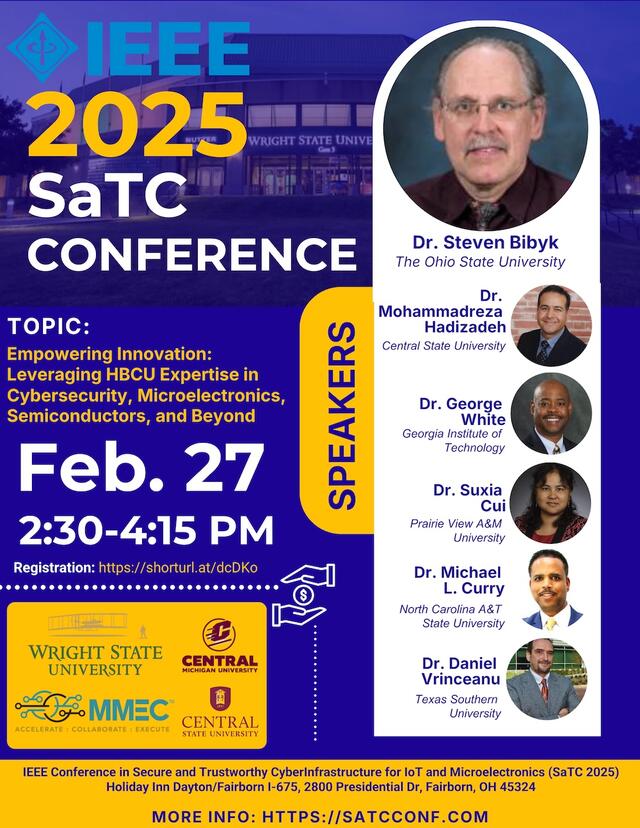
The ASEED team proudly announced its pivotal role in organizing and participating in a high-profile panel at the inaugural IEEE Conference on Secure and Trustworthy Cyberinfrastructure for IoT and Microelectronics (SaTC 2025), held in Fairborn, Ohio, on February 27, 2025. The panel, titled “Empowering Innovation: Leveraging HBCU Expertise in Cybersecurity, Microelectronics, Semiconductors, and Beyond,” featured distinguished contributions from Dr. Mohammadreza Hadizadeh (Central State University) and Dr. Suxia Cui (Prairie View A&M University), both recognized leaders in advancing semiconductor research and education.
Panel Highlights:
- The session spotlighted the critical role of Historically Black Colleges and Universities (HBCUs) in driving research excellence and innovation in microelectronics, cybersecurity, and semiconductor technologies.
- Dr. Hadizadeh, as a lead organizer and panelist, emphasized the importance of cross-disciplinary collaboration and industry partnerships that provide students with real-world STEM opportunities and promote diversity within the technology workforce.
- Dr. Cui contributed expert insights into the unique strengths HBCUs bring to the field, reinforcing the panel’s focus on inclusive, equitable pathways for underrepresented groups in advanced technology sectors.
The panel, moderated by Dr. Steven Bibyk (Ohio State University), also included Dr. Michael L. Curry (North Carolina A&T State University), Dr. Daniel Vrinceanu (Texas Southern University), and Dr. George White, Sr. (Georgia Institute of Technology), reflecting a broad coalition of academic and industry expertise.
-
Image
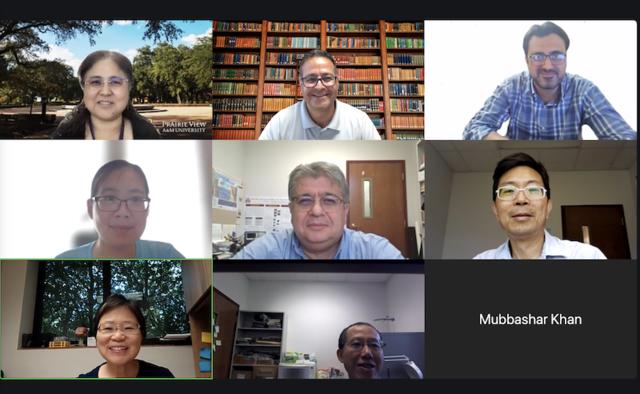
On September 9, 2024, a virtual meeting marked the official kickoff of the ASEED project. Hosted on Zoom by Dr. Cui, the lead principal investigator, the session brought together project team members from Prairie View A&M University, Alabama A&M University, and Central State University. The meeting provided a platform for an introduction to the team, a detailed agenda of planned activities, and an outline of the project's extensive goals, including the following research, education, and outreach thrusts:
- Research: Three main research thrusts were highlighted. Thrust A, led by CSU, focuses on the advanced exploration of 2D semiconductor materials through computational and experimental methods. Thrust B, spearheaded by PVAMU, is dedicated to AI chip design. Thrust C, guided by AAMU, involves the development of GaN-based ultra-wide bandgap (UWBG) semiconductor devices and electronic chips for high-frequency and high-power switching applications.
- Education: Each university has committed to unique educational initiatives to enhance semiconductor knowledge and skills. CSU will offer an undergraduate certificate in semiconductor processing, PVAMU will develop a graduate certificate program, and AAMU aims at curriculum development with a concentration on semiconductors, including a new minor.
- Outreach: The consortium plans to organize annual workshops and internship programs in collaboration with industry partners, community colleges, and high schools to further engage and expand the reach of semiconductor education and research.
The ASEED project has scheduled subsequent meetings in November 2024 and February 2025 to present ongoing research and project developments. These sessions aim to ensure continuous progress and alignment with the project’s ambitious goals, ultimately fostering a skilled workforce to meet the growing demands of the semiconductor industry.
Exploring Other Semiconductor Education and Research Programs
